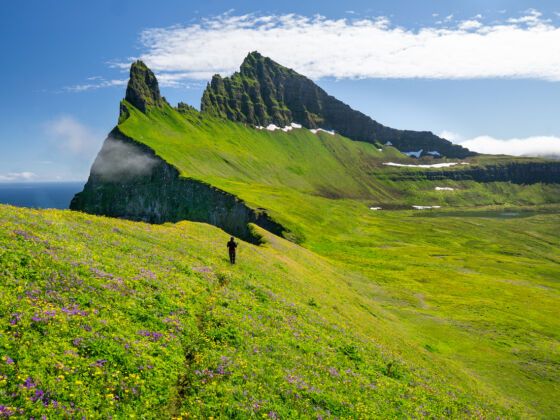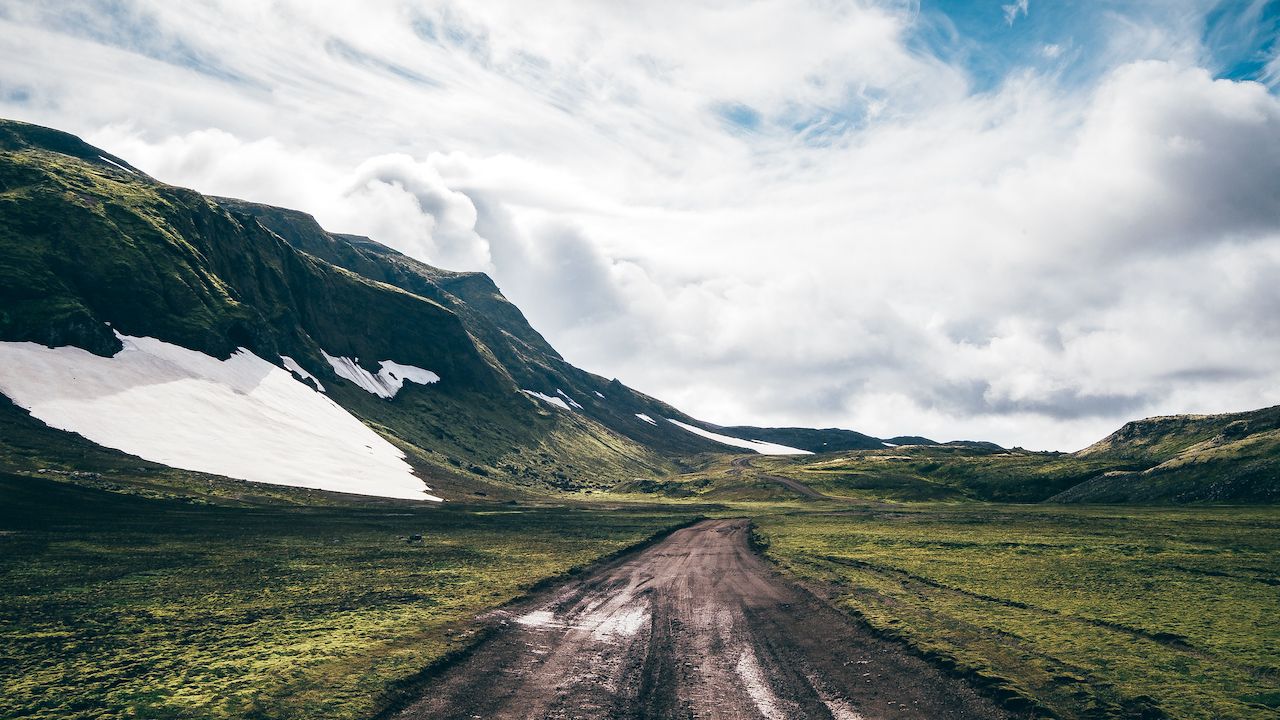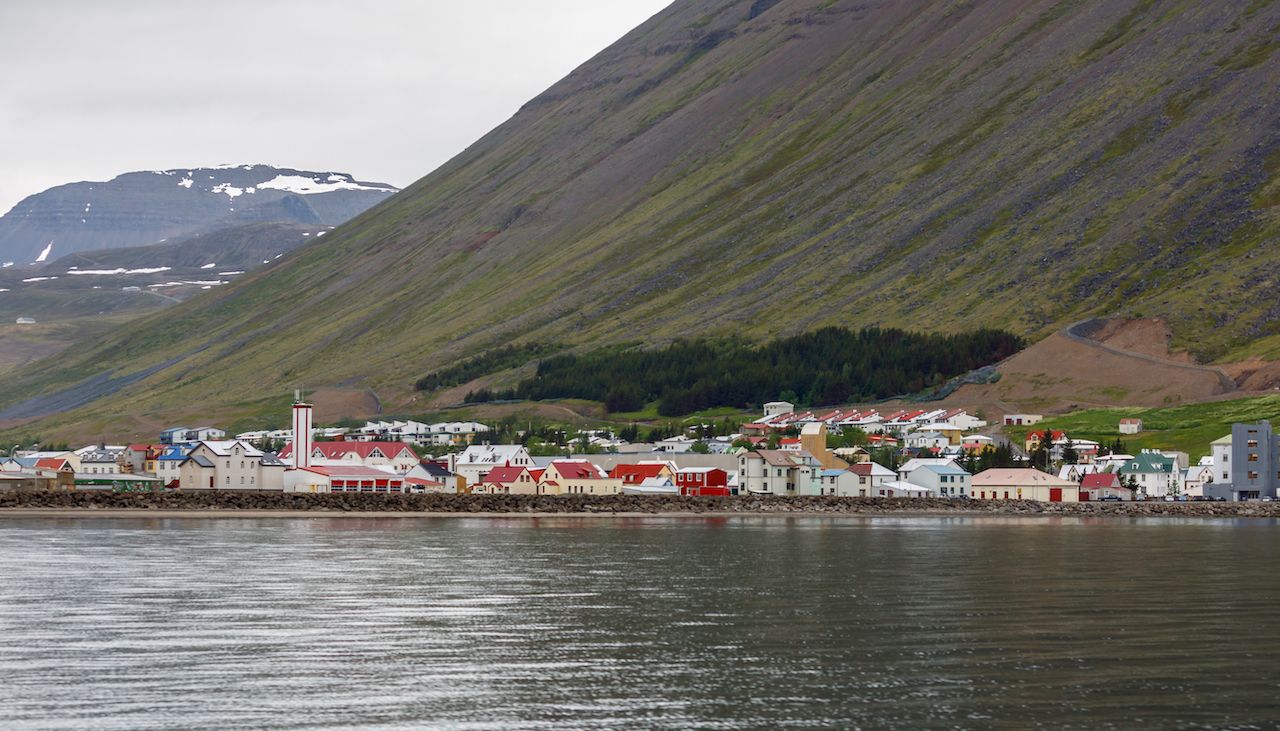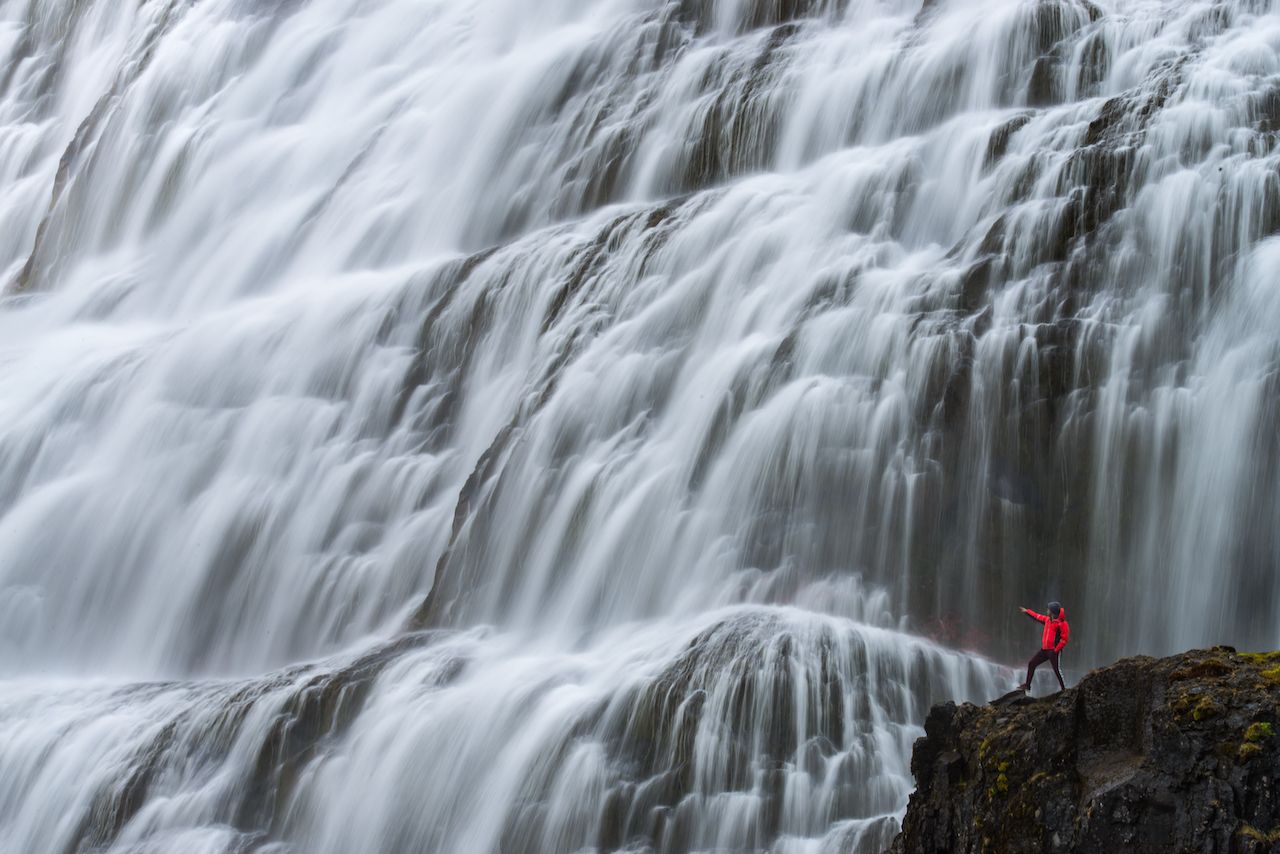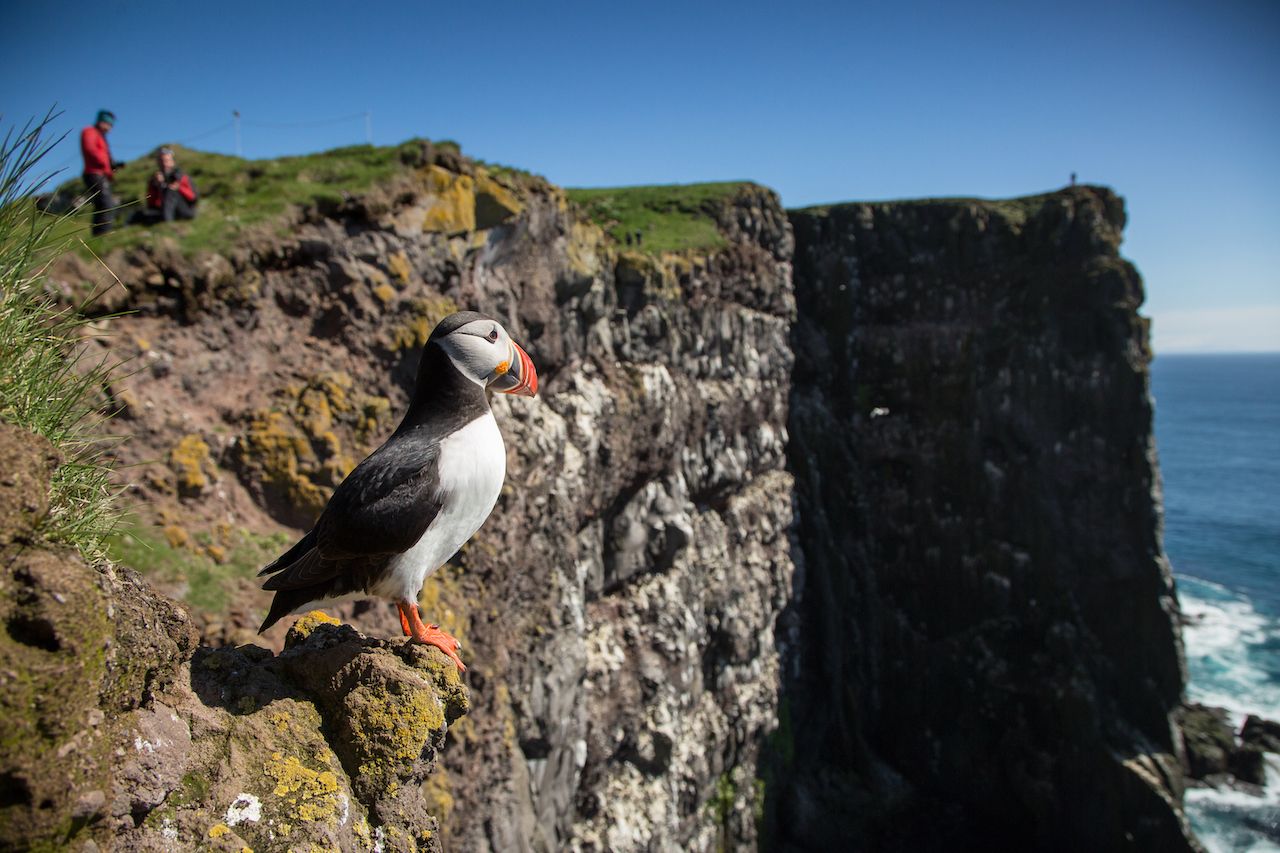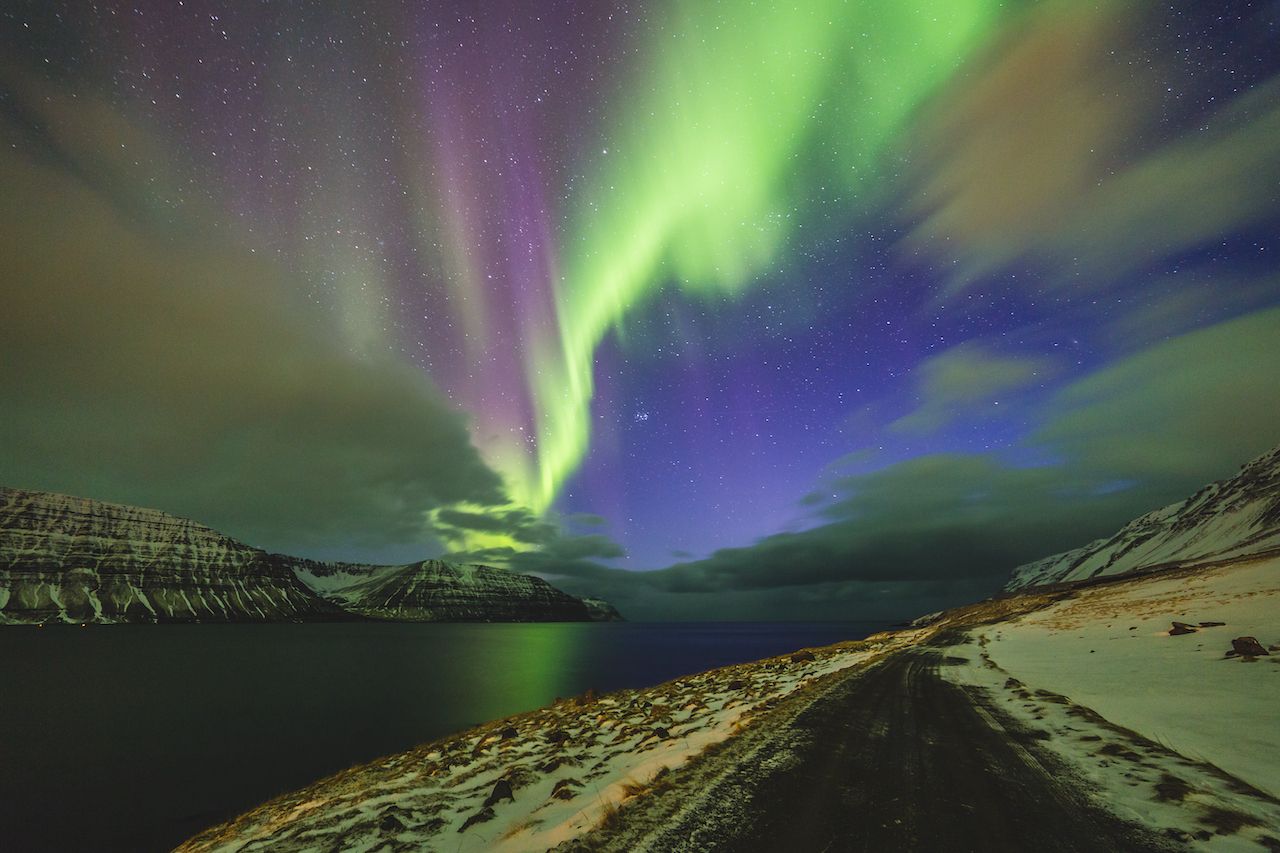The best way to explore Iceland has always been on four wheels (or two, if you really want a challenge), as the land of fire and ice offers some iconic driving routes. The Golden Circle, a 140-mile loop, is the most well-known, thanks to its proximity to the capital Reykjavik and its big-hitting sights. Those with more time often opt to circle the island on Ring Road 1, which stretches nearly 830 miles.
But if you want to get off the beaten track and discover a side to the country that few visitors see, then you’ll want to try a new Iceland drive: Vestfjarðaleiðin (Vest-fyar-tha-lay-thin), or the Westfjords Way. It is Iceland’s newest auto route, located in the northwest of the country.
Until recently, the Westfjords remote location and challenging driving conditions have meant that only seven percent of travelers to Iceland chose to visit here. The arrival of the new 590-mile Westfjords Way looks to change this by making the region more accessible and easier to navigate. Here’s how to get the most of this new Iceland drive, including what to do and see along the way.
